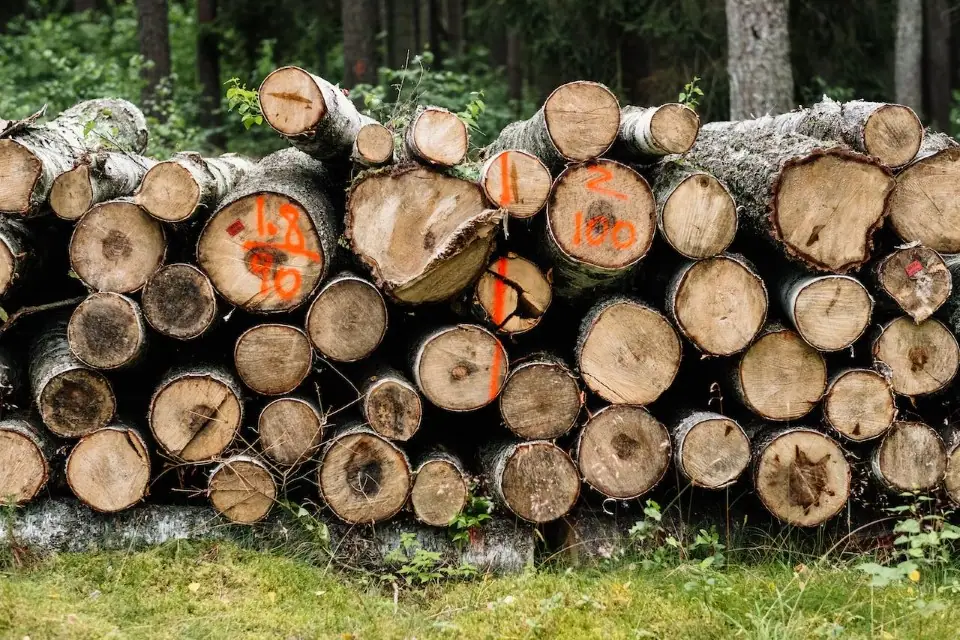Starting a logging business requires careful planning and preparation. Timber harvesting can be a profitable endeavor but also carries risks and responsibilities. Here are some key steps to get your logging operation up and running.
In the logging industry, preparation is key. Before purchasing any equipment, scout potential harvesting sites and assess the volume and species of trees available. Research timber prices to determine profitability. Most logging businesses require various permits and licensing; make sure to comply with all regulations in your area.
Acquiring Equipment
The largest investment will be forestry equipment like feller bunchers, skidders, and log loaders. Buy used equipment to save money initially. Other essential gear includes chainsaws, safety equipment, trucks, and tools for road building and site preparation. Don’t forget small but vital supplies like fuel, oil, and spare parts.
Finding Customers
Establish relationships with sawmills and pulp and paper companies who will purchase your harvested timber. Attend industry trade shows to network and market your services. Many loggers work on contract for land management companies; reach out to potential contracting partners.

Hiring and Training Employees
Experienced equipment operators, truck drivers, and manual tree fellers are essential. Offer competitive wages and benefits to attract qualified staff. Logging has inherent dangers; provide extensive training in safety procedures and equipment use. Experienced loggers can mentor new hires.
Planning Your Harvests
Careful harvest planning minimizes environmental impact and maximizes profitability. Assess topography and soil conditions to determine the best equipment and techniques. Plan road construction and skid trail networks. Follow all regulations regarding harvest size, protected areas and species, seasonal restrictions, and reforestation requirements.
With savvy preparation and investments, attention to safety, and effective planning, a logging operation can provide stable income from this renewable resource. Be prepared to work hard, but the forest products industry can offer an enduring livelihood.
In conclusion, launching a successful and sustainable logging business requires significant capital, expertise, safety training, relationship building, and careful site planning. While challenging, integrated timber harvesting and forest management provides steady work and promotes responsible use of our vital forest resources. With dedication and diligence, a logging entrepreneur can thrive in this vital industry.

